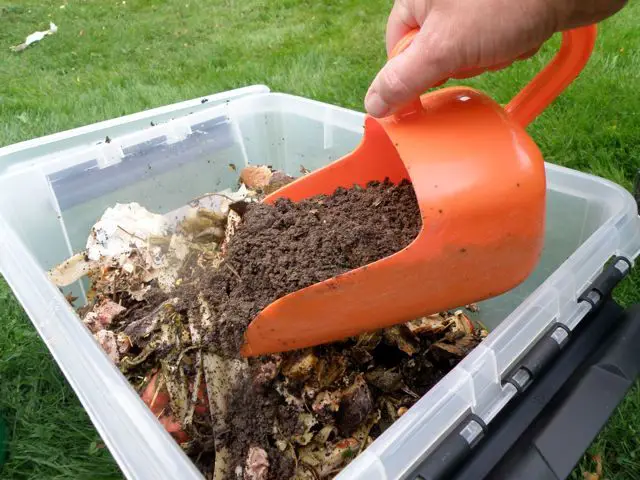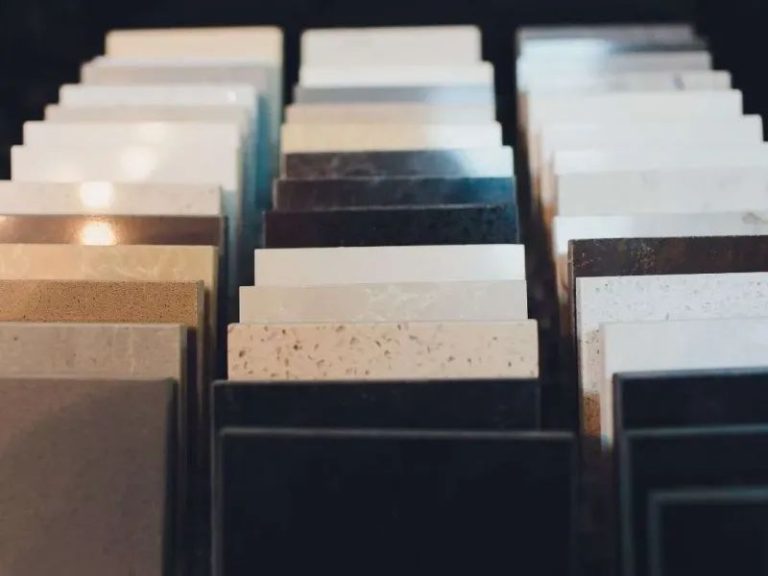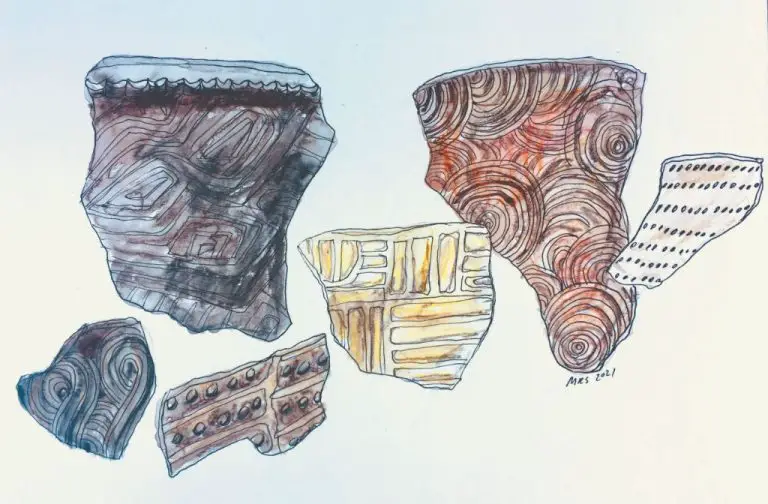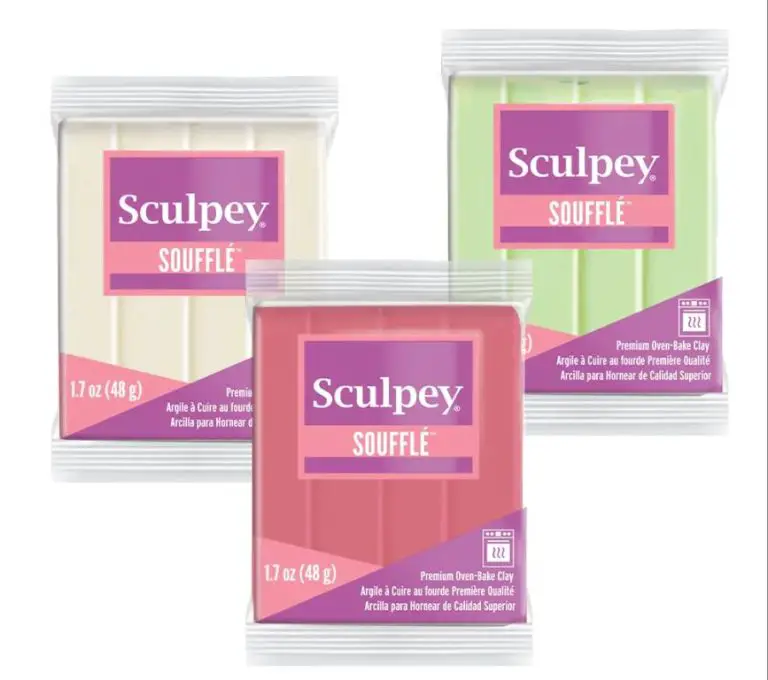What Do You Call A Bucket With A Lid?
Introducing Buckets with Lids
A bucket is an open-top container typically used to hold liquids, powders, or small objects. Buckets are often made of durable materials like plastic, metal, or wood. A lid is a removable cover that fits snugly on top of a bucket.
Buckets with lids are common household items found in homes, garages, and sheds. They have many uses around the house and property. Their sturdy construction and water-tight lids make them useful for storing, transporting, and protecting all kinds of contents. A bucket with a lid keeps items inside clean, dry and free from pests.
Some common household uses for buckets with lids include storing paint, tools, pet food, livestock feed, compost materials, and more. They are handy for transporting liquids like wash water or waste water. Their versatility and affordability make them a practical item for general home use.
Other Names for a Bucket with a Lid
A bucket with a lid is commonly referred to by other names besides just “bucket.” Some synonymous terms used for the object include pail, container, canister, and vessel. For example, the Montgomery County Jail refers to a bucket with a lid as an “issue bucket” that inmates use to store their personal belongings (https://procure-net.com/product/magic-touch-2-ice-bucket-with-lid-4/). In commercial kitchens, an 8 quart food storage bucket with a lid is called a bain marie (https://blog.etundra.com/food-service/glossary-restaurant-lingo/). Other common terms that may be used interchangeably with “bucket with lid” include tub, vat, and bin. While a bucket with a lid goes by many names, its versatile design and usefulness remains the same.
Uses for Buckets with Lids
Buckets with lids have a variety of handy uses around the home, yard, garage, and more. Some popular uses include:

Storing tools, toys, pet food, and other small items – The sealable lid keeps contents protected and contained. Buckets are great for organizing garages, basements, closets and more. They can hold shovels, sports gear, pet food bags, and loose items like balls or smaller toys. The lid keeps out moisture, bugs and rodents.
Transporting liquids or small items – The bucket shape makes it easy to carry water, soil, mulch, and more around your property. Lids prevent spilling during transport. You can also use buckets to carry tools, gardening supplies, cleaning products and other items from place to place.
Outdoor activities – Bucket lids allow you to keep contents protected. Fill buckets with water or sand for kids to play with outside. Use them to hold gardening tools and soil while you work. Fill with ice and drinks for parties. Secure lids allow easy transport without worrying about spills.
As noted in 101 Uses for Plastic Buckets, buckets with lids have many functions for storing, organizing, and transporting items for home, garden, garage, and outdoor uses.
Types of Bucket Lids
There are several main types of bucket lids commonly available:
Secure Lids
Secure lids fasten tightly to seal the contents inside the bucket. They are designed to prevent spills and keep out contaminants. Some popular styles include snap-on lids, press-on lids, and screw-on lids (The Cary Company, 2022). Secure lids often feature gaskets for an airtight seal.
Flip Lids
Flip lids are hinged lids that open upwards and snap back down to close. They allow convenient access to the bucket contents while keeping them covered when not in use. Flip lids are a good option for frequent opening and closing (EBK Containers, 2022).
Screw Lids
Screw lids fasten to the bucket with threads, providing a tight seal. They are twisted on and off for access. Screw lids are secure and often used for hazardous materials that require containment (U.S. Plastic Corp, 2022).
Locking Lids
Locking lids have a mechanism to lock them closed, ensuring the contents stay secured. Some lock with padlocks, while others have integrated locks. Locking bucket lids provide controlled access and heightened security (The Cary Company, 2022).
Bucket Lid Materials
Bucket lids can be made from various materials, with the most common being plastic, metal, and wood.
Plastic lids are lightweight, inexpensive, and easy to manufacture. The most common plastic used is polyethylene, which is durable and impact resistant. Plastic lids often have molded handles for convenient lifting and can have additional features like gaskets for an airtight seal. Some disadvantages of plastic lids are that they can become brittle over time, especially in extreme temperatures, and the plastic can absorb odors.
Sources:
https://www.krafttool.com/GG468-01
https://www.calwasupply.com/Plastic-bucket-lid-w-spout
Metal bucket lids, usually made from galvanized steel or aluminum, are very durable and strong. They don’t absorb odors, and provide excellent protection for bucket contents. Metal lids are more expensive than plastic but can last for decades with proper care. Rusting is a potential downside if the metal isn’t properly treated or coated. Metal lids tend to be heavier than other materials.
Wooden bucket lids provide a natural, traditional look. Wood allows for custom designs and decorative elements to be carved or burned into the lid. Cedar and redwood are common woods used as they resist decay and insects. Wood lids must be sealed and treated for outdoor use. The main drawback is that wood can eventually warp, split or rot over time.
Bucket Lid Features
Bucket lids come with a variety of features that serve different purposes. Some key bucket lid features include:
-
Handles – Many bucket lids have built-in handles which make it easier to lift and carry buckets. The handles are often made of metal or plastic and can be fixed or foldable.
-
Gaskets – Gaskets provide an air-tight seal between the bucket and lid to keep contents fresh. They are usually made of rubber or flexible plastic and fit snugly into a groove on the underside of the lid.
-
Vent holes – Small vent holes allow gases to escape while keeping most air out. They help maintain equilibrium between the inside and outside air pressure. Vent holes are useful for foods that release gases during storage.
Other potential bucket lid features are drink spouts for dispensing liquids, built-in strainers, date dials to track storage times, and locking mechanisms. The Home Depot offers heavy-duty bucket lids with tight seals for improved storage. Lids can also have rubber gaskets or foam lining for enhanced sealing. Overall bucket lid features aim to provide secured closure, easy handling, and optimal preservation of contents.
Decorating Buckets with Lids
Decorating plain metal or plastic buckets with lids opens up a lot of creative possibilities. Here are some fun ways to customize buckets with lids to add personality or match a decor theme:
Painting buckets allows you to cover them in any color or design. After properly cleaning and priming the surface, apply acrylic craft paints in a solid color or get creative with patterns, stripes, polka dots, or even flowers. Let the paint fully dry before adding a sealant for protection. For a distressed look, try dry brushing layers of paint. Refer to this source for tips on painting metal buckets.
Stenciling is an easy way to add patterns, letters, or shapes to a bucket. Cut your own stencils from cardboard, stencil plastic, or purchase pre-made stencils. After painting the base color, hold the stencil against the bucket and apply a contrasting paint color using a stencil brush or sponge. Lift the stencil straight up to reveal the design.
Decorative stickers and vinyl cutouts can add a fun pop of color while also covering up scuffs or scratches. Look for weatherproof vinyls meant for outdoor use. Measure the surface area before purchasing stickers to ensure proper coverage. Apply stickers smoothly, pressing out any air bubbles or wrinkles.
Notable Buckets with Lids
Some bucket and lid designs have become classics over the years due to their popularity and functionality. One of the most iconic is the simple metal bucket. These sturdy steel buckets often have a wire bail handle and a tight-fitting lid, making them useful for everything from gardening to construction. They come in various sizes, like the common 5-gallon bucket, and are a staple at hardware stores (Source).
For food storage, gamma seal lids have become very popular. These lids have a twist-on/twist-off mechanism that creates an airtight seal, making them ideal for keeping food fresh for extended periods. Many prepper sites recommend gamma seal buckets as the optimal food storage container (Source).
Another classic is the wooden bucket. Often made of oak or pine with metal hoops, these have an old-fashioned look and are still used decoratively today. Miniature versions are popular for holding flowers or storing sewing supplies. Large wooden buckets with handles are nostalgic reminders of trips to the well for water.
Safety Tips for Using Buckets with Lids
Buckets with lids can be very useful for storing and transporting items, but they also pose some safety hazards that users should be aware of. Here are some tips for safely using buckets with lids:
Avoid dangers – Be cautious when carrying a filled bucket, as they can be quite heavy and awkward to handle. Use proper lifting techniques, keep your back straight, and carry buckets close to your body to avoid strain. Don’t overfill buckets as this makes them unstable and prone to tipping. Carry buckets with two hands if possible for better control.
Proper handling – Always make sure bucket lids are securely closed before moving them. Don’t drag or roll buckets, and avoid tilting them to prevent spills. Wear gloves when handling buckets containing hazardous materials. Inspect handles to ensure they are firmly attached.
Keep away from children – Store buckets up high and out of reach of small children. Empty buckets can pose a drowning hazard to toddlers and infants. Don’t allow children to play with buckets or use them as toys.
According to How to Store Food in Buckets for a Long Shelf Life, any container used for long term food storage should be food-grade and have a tight fitting lid. When used and stored properly, buckets with lids are a safe option for food storage.
The Future of Buckets with Lids
Buckets with lids have come a long way and are poised for even more innovation and improvements in the years ahead. According to a 2023 article on FasterCapital.com, “Buckets with lids: Sealing the Deal”, buckets with lids are expected to become even more versatile and multi-functional going forward [1]. Some key areas where we may see advancements include:
Design – Bucket lids are likely to incorporate more ergonomic handle designs for easier lifting and pouring. We may also see more specialized lid openings, spouts and valves to improve dispensing of contents. Decorative and customizable lid designs will cater to consumer preferences.
Materials – Lighter weight but durable plastics, metals and composites will reduce weight while maintaining strength. Antimicrobial materials could help inhibit mold and bacteria growth. “Smart” materials could indicate temperature, freshness or other metrics.
Features – Integrated measuring guides, digital tracking, wireless connectivity and other tech features could be embedded in bucket lids. Pressure release valves, pumps, and meters can improve storage and dispensing. Locking mechanisms and seals will enhance security.
According to a 2024 article on Storables.com, advanced bucket and lid designs will focus on improving preservation, organization, stackability, and accessibility [2]. The buckets and lids of the future will combine durability, versatility and innovation to become even more indispensable tools for storage, transportation and daily use.




